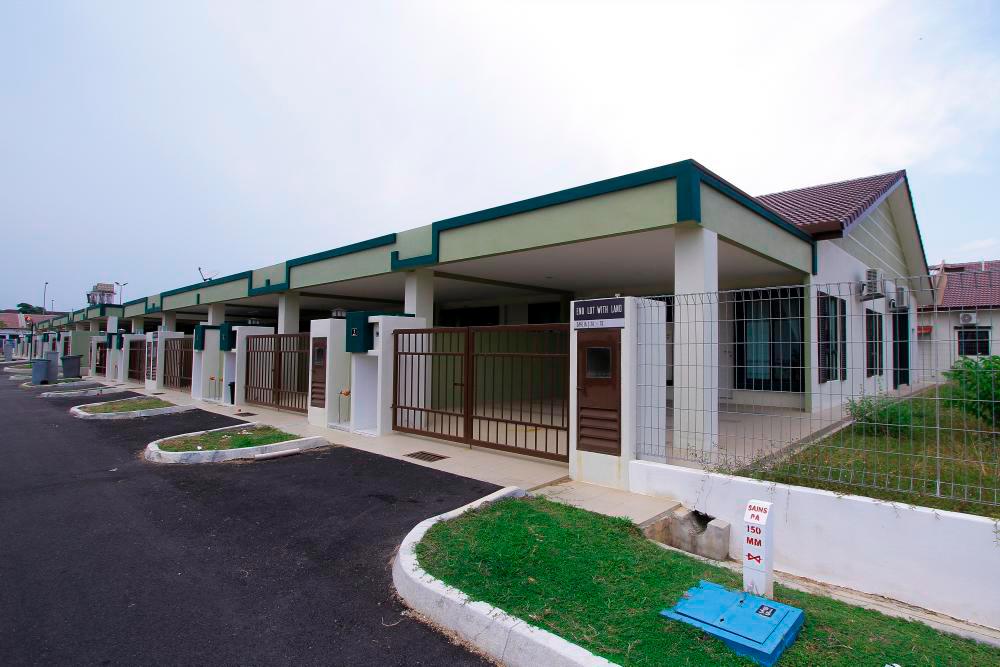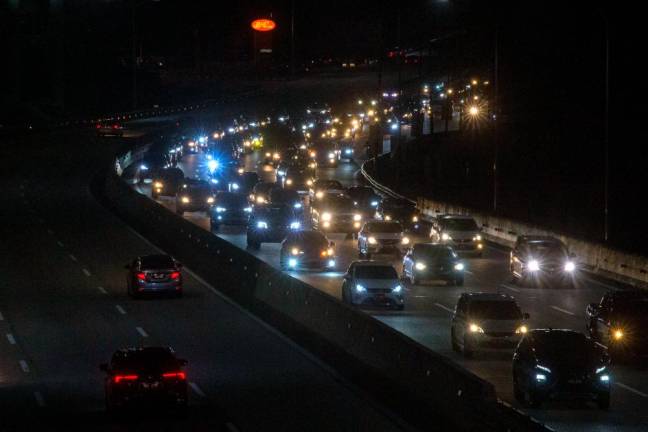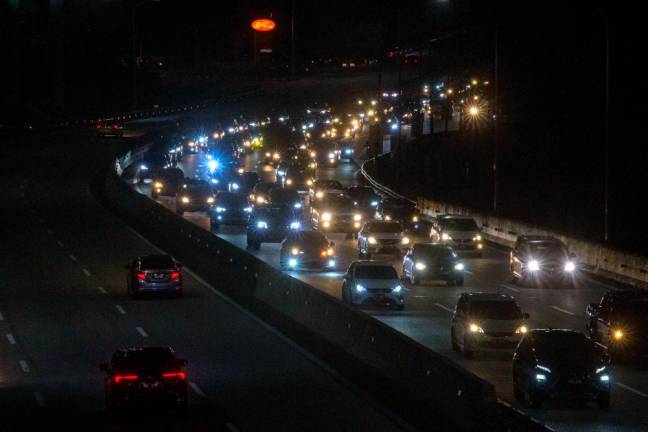KUALA LUMPUR: A property database technology company study found that four of every five families that move into affordable housing – also called low and medium cost (LMC) housing – such as PPR and their variations, will practically end up living there for the rest of their lives.
This finding, presented recently by PropertyGuru DataSense’s general manager, Joe Thor, was aimed at unearthing the desirability of LMCs within Klang Valley.
“We looked at residential property transactions identified as LMC housing schemes based in Klang Valley from 1980 onwards,” he said at the Rights To The City (R2C) Conference organised by Think City here recently.
According to Thor, it was important for authorities and planners to understand why four out of five residents are unable or unwilling to leave their LMC housing once they are rooted there.
“Only 20% will leave their LMC house and enter into the private housing (built by developers).
The reason for leaving LMC housing is primarily because such families got bigger, so they moved mainly to landed terrace houses (and even then, to outer districts as they are cheaper),” he said as he presented the findings of the study that looked at the various motivations that drive the B40 as well as those who are about to move into the M40 income groups.
LMC housing has been part of Malaysia’s housing policies since pre-Independence, with rapid urbanisation driving demand. Since the 1980s, a key feature of LMC housing policy is the option for those who are not so well to do to own have a fair shake at home ownership – with B40 communities allowed to purchase a home under various schemes, whether through loans or rent-to-own schemes. To prevent speculative activities or abuse, there is usually a five to 10-year moratorium on subsales after vacant possession is obtained.
LMC housing in the 1970s and 1980s went up primarily in locations around central Kuala Lumpur. These would have comprised terrace and cluster housing and 5-storey walk-up flats. As the city grew, the radius of built LMC housing naturally expanded. For example, Perbadanan Kemajuan Negeri Selangor (PKNS) projects are located mainly in the Petaling district of Selangor and Kuala Lumpur. Some of the earliest projects include PKNS Ulu Kelang in Kuala Lumpur, PKNS Serdang Jaya in Petaling, Selangor, as well as PKNS 17 Kampung Kerinchi, Kuala Lumpur. Of course, there are also the PPR (Projek Perumahan Rakyat) housing in the equation later on.
“By understanding what happens to these properties once they enter the open housing market, we can discover insights with possible implications to the wider housing market,” said Thor as he presented the various types of LMC housing favoured by their target groups.
It was estimated in 2013 that public housing residents numbered more than 1.7 million Malaysians in KL and Selangor, spread across more than 3,000 public housing projects. This issue thus affects a substantial number of Malaysians.
The PropertyGuru study of its database examined approximately 7,900 LMC projects within Kuala Lumpur and Selangor, analysing about 139,500 sales transactions from the 1970s, looking at residential property transactions identified as public housing schemes from the 1970s onwards with LMC housing prices ranging from RM25,000 to a maximum of RM350,000. Although LMC housing comprises just 10% of the total number of housing projects in those locations, they made up 18% of total sales transactions which already indicates a demand for these types of homes.
“The dream for LMC homeowners is a landed home and all the perceived benefits it brings – more personal space and privacy whilst retaining some sense of neighbourliness,” said Thor, who added that cluster homes are actually preferred over high-rise flats as the former seems to offer more privacy, the feeling of space (being on land), as well as fosters the feeling of community.
“The main reason for moving out of LMC housing is that once people start having a family, their need for space and privacy increases. So LMC housing should ideally be a transitional step in your property journey – we saw that the average period from when it was first bought till the time one exits, is seven years. Unfortunately, this is not the case for four out five LMC owners,” he said.
It was believed that those unable to leave may be facing a lack of options or lack of access to financial resources. Those unwilling to leave may feel that way because their current home could be in a strategic location (close to public transportation, key employment centres, amenities such as schools, etc).
This lack of upward mobility in housing can have some implications for planners and authorities as they try to ensure affordable and decent housing in urban centres, where land is scarce and increasingly expensive, coupled with increasing construction prices.
“If a LMC housing resident wanted to upgrade in KL, they would be severely limited in his options. The next available option would be to move further away to another district, especially as the ideal housing type for LMC residents is landed terrace homes. “There is a reason LMC cluster homes in Kuala Lumpur saw a 537% increase in prices per square foot. It’s not about preference but rather what options are available,“ said Thor.
There are several implications from this PropertyGuru study, and the most obvious one is that government will need to continue building or subsidising affordable housing as the bulk of the population is still dependent on it if the goal is house ownership for the majority. This is especially so if the bulk of LMC dwellers do not upgrade or move away from such housing, for various reasons.
For LMC housing built in the 1970s to 1980s at what is now considered strategic locations, demand for these properties remain robust after development finally “caught up” with these locations, such as the emergence of new business centres, or extension of urban rail or other facilities. These old properties tend to suffer from the lack of quality maintenance, thus affecting the overall look and feel, other than things that directly affect quality of life, such as lifts that frequently break down and insufficient parking.
Buying into older LMC housing in strategic locations, however, is a trade-off Malaysians are willing to make for the sake of convenience.
“There is a reason why 30% of LMC homes, when they hit the open market, are snapped up by property investors whilst the remaining 70% are first-time home buyers,” he said.
There is also a need to acknowledge that not all LMC housing are the same - even though PPRs are sold at RM42,000, PPRs in Kuala Lumpur or the Petaling district will appreciate faster than those located in in Hulu Selangor or Sabak Bernam. To moderate demand as well to provide a fairer deal to affordable housing subscribers, differential pricing needs to be adopted to make a distinction in the varying costs of land in more popular locations versus places where appreciation is expected to be much slower.
“On the other hand, there is an overhang of private housing, so my point of view is that a public-private partnership should be another option where the government provides assistance to the B40 group to rent from the private market. A shared equity Rent-To-Own (RTO) scheme could also work in this case, and may solve housing stock issues and consolidate the rather fragmented market now,“ said Thor, who also urged authorities to seek out-of-the-box solutions if the overall goal is to provide shelter (rather than promoting outright ownership from the start).
“A build-to-rent model could also work here, with the authorities injecting part of the rental fee or adding a matching amount into a fund. Money in this fund can be invested, and over time be used as down payment for a property of their choice in future when they are ready to upgrade.”













